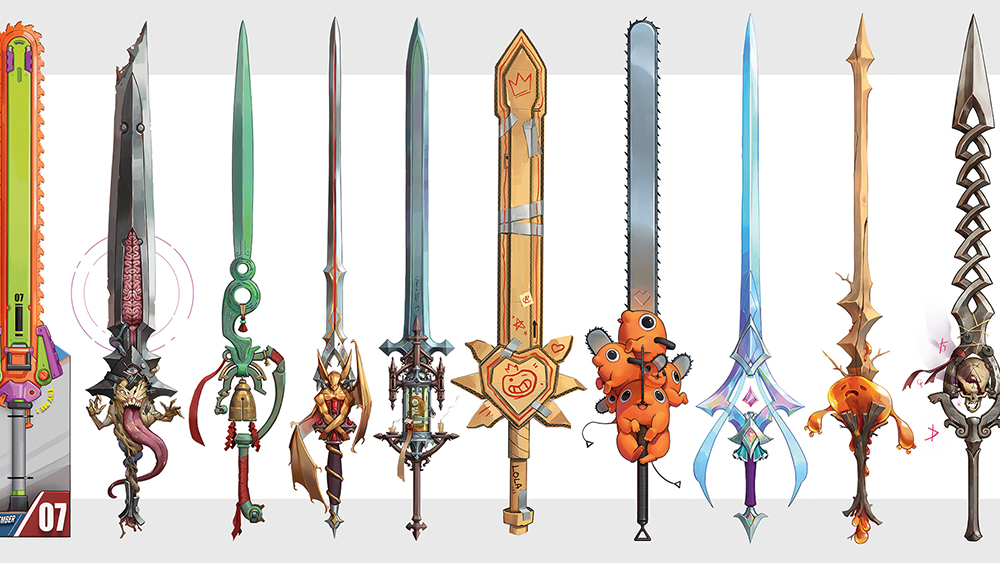Devs respond to IE10 on Windows 7
Auto-updates will rapidly bring Microsoft’s better browser to millions
Microsoft has announced that Internet Explorer 10 is now available for Windows 7, potentially putting the browser in front of 700 million end users.
On the Exploring IE blog, Microsoft’s Ryan Gavin remarked that IE10 delivers a 20 per cent performance increase over its predecessor, better security, and touch capabilities.
On IEBlog, Rob Mauceri (Group Program Manager, Internet Explorer) added that the new browser brings, “support for over 30 new modern web standards beyond IE9, for a 60 per cent increase”. These include standards relating to visual effects, page layout, programming and web apps.
Just as importantly, the browser should end up with users relatively quickly. Mauceri explained: “We will begin auto updating Windows 7 customers to IE10 in the weeks ahead, starting today with customers running the IE10 Release Preview.”
UX expert Aral Balkan told .net the latest release was “better later than never” and said legacy browsers “are a huge headache for web developers and limit the progress of the web”. However, he was encouraged to see Microsoft supporting a better update mechanism for IE: “Autoupdates should be the norm going forward. The web, after all, is versionless and browsers should be similarly versionless. Users shouldn't have to care what version of a browser they are running because they should always be using the latest version via auto updates.”
Freelance digital consultant Michael Oglesby was positive about the release, and told .net he was “overjoyed” to see a more up-to-date and standards-compliant browser on the most popular version of Windows: “Windows 8 hasn’t been the big seller Microsoft was hoping for and so, with the company preaching web standards for IE10, it had to release IE10 for Windows 7 and enable more people to use it. The sooner old versions of IE are put to rest, the simpler a web developer’s life will be!”
On older versions of IE, any potential decline is open to speculation. However, developers appear positive. On Sitepoint, Craig Buckler reckoned, “IE9 will die fairly rapidly once the Windows updates kick-in,” with only large organisations and governments lagging due to evaluation procedures.
Daily design news, reviews, how-tos and more, as picked by the editors.
Buckler predicted IE9’s 16.9 per cent share of the market would nonetheless swap places with IE10’s 1.2 per cent within a matter of months.
Ian Culshaw, creative tech for Agency Republic, added that other factors could hasten a drop in usage for older versions of IE: “With Google’s three-version adoption of IE, does that mean the company will drop IE7 support as people are upgraded?”
.net recently reported on developers supporting IE8 by default, charging for IE7 and ignoring IE6, but IE10’s more widespread adoption could see every prior version of the browser drop a rung down the ladder — particularly if large companies like Google lead the way.

The Creative Bloq team is made up of a group of art and design enthusiasts, and has changed and evolved since Creative Bloq began back in 2012. The current website team consists of eight full-time members of staff: Editor Georgia Coggan, Deputy Editor Rosie Hilder, Ecommerce Editor Beren Neale, Senior News Editor Daniel Piper, Editor, Digital Art and 3D Ian Dean, Tech Reviews Editor Erlingur Einarsson, Ecommerce Writer Beth Nicholls and Staff Writer Natalie Fear, as well as a roster of freelancers from around the world. The ImagineFX magazine team also pitch in, ensuring that content from leading digital art publication ImagineFX is represented on Creative Bloq.
